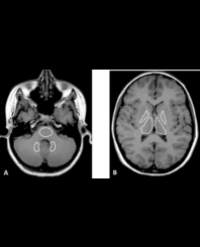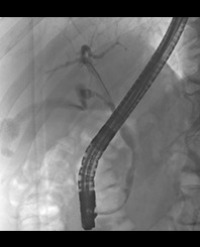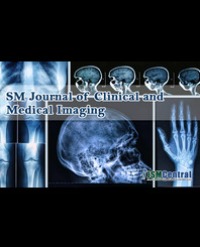
Lack of T1 Nuclear Hyperintensity in Pediatric Patients using a Macrocyclic Gadolinium Contrast Agent: Re-visit & Updated Review
Purpose
T1 hyperintense dentate nuclei (HDN) and globus pallidi (HGP) has been recently established as markers ofGadolinium deposition in the brain. This has triggered many studies and a safety alert. We aimed to re-validatethe safety of a macrocyclic Gadolinium contrast agent in pediatric patients and present an update in view ofcurrent literature.
Material & methods
Retrospective selection of pediatric patients who received at least 3 intravenous injections of GadoterateMeglumine for MRI studies with at least 12 months of retention time. Age matched controls were used. Contouredregion of interest (ROI) signal intensity ratios for dentate to pons (DN/P) and globus pallidi to thalami (GP/T)were measured. The difference of ratios from initial to last MRI examination and between case and controls were tested using paired t-test.
Results
21 out of 49 cases qualified the inclusion & exclusion criteria. The average cumulative contrast injectionsreceived by cases was about 6.8. Most of the cases received at least 4 injections and 19 was the greatestnumber of injections received by one case. The average chronologic age of the cases was about 5 years. Nostatistical difference of signal intensity ratios from initial to last MRI study (P=0.57 & P=0.40) as well as comparedto the controls (P=39 & P=21).
Conclusions
Multiple contrast enhanced MRI studies can be safely administered macrocyclic Gadolinium agents with norisk of Gadolinium deposition in the brain. Currently, the consensus recommendation is of caution and preventionwhile favoring macrocyclic agents specifically for pediatric patients. No clear evidence for associated clinicalsequela related to Gadolinium deposition.
Manzoor Ahmed* and Mohamed Othman Al Madhaani


